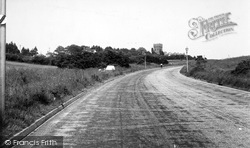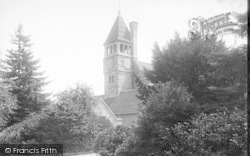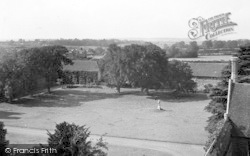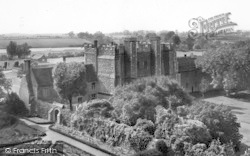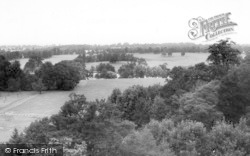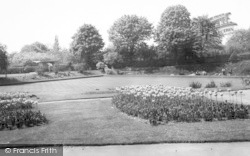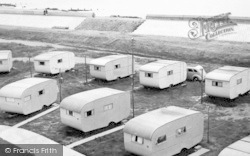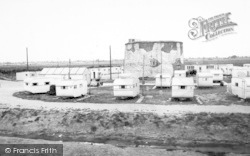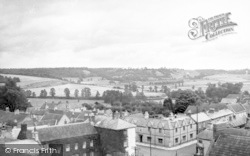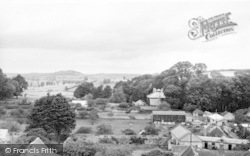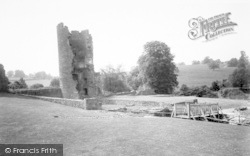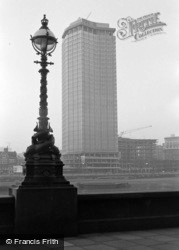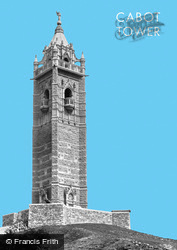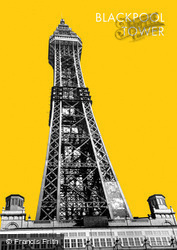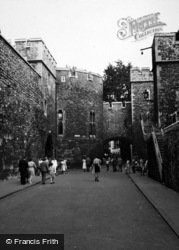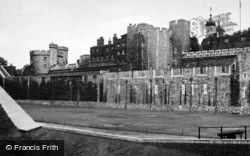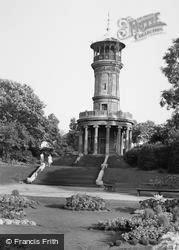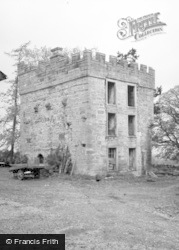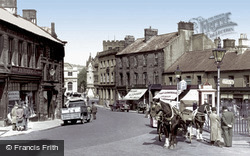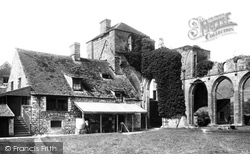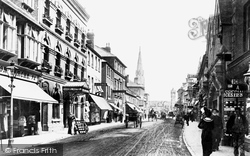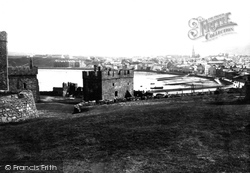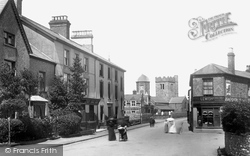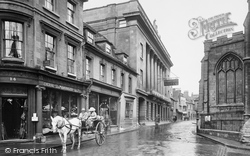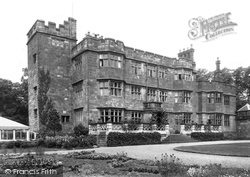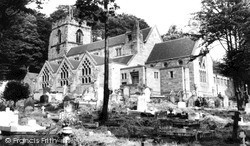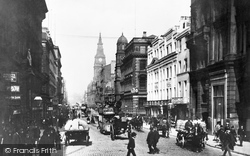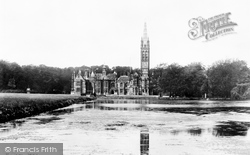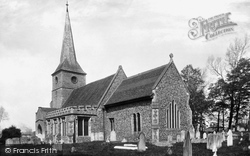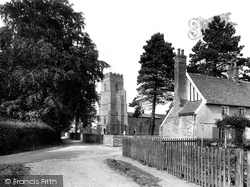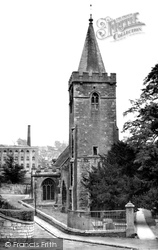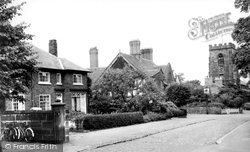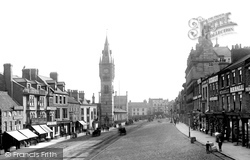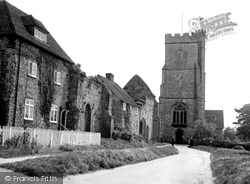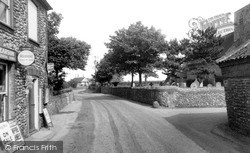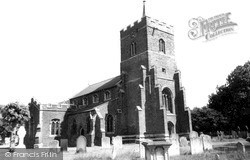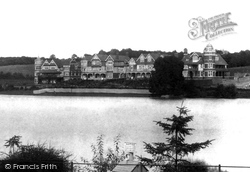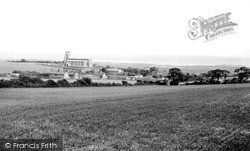Places
36 places found.
Those places high-lighted have photos. All locations may have maps, books and memories.
- Poplar, Middlesex
- Bow, Middlesex
- Bethnal Green, Middlesex
- Stepney, Middlesex
- Alton Towers, Staffordshire
- Isle of Dogs, Middlesex
- Limehouse, Middlesex
- Spitalfields, Middlesex
- Barjarg Tower, Dumfries and Galloway
- Bromley, Middlesex
- Stratford Marsh, Middlesex
- Tower Hill, Merseyside
- Tower Hill, Essex
- St George in the East, Middlesex
- Wapping, Middlesex
- Globe Town, Middlesex
- Old Ford, Middlesex
- Cubitt Town, Middlesex
- Tower Hill, Cheshire
- Tower Hill, Surrey
- Bow Common, Middlesex
- Mile End, Middlesex
- Millwall, Middlesex
- Ratcliff, Middlesex
- Warmley Tower, Avon
- Tower Hill, Hertfordshire
- Tower End, Norfolk
- Tower Hamlets, Kent
- Tower Hill, Devon
- Tower Hill, West Midlands
- Blackwall, Middlesex
- North Woolwich, Middlesex
- Hackney Wick, Middlesex
- Shadwell, Middlesex
- South Bromley, Middlesex
- Tower Hill, Sussex (near Horsham)
Photos
2,720 photos found. Showing results 1,741 to 1,760.
Maps
223 maps found.
Books
1 books found. Showing results 2,089 to 1.
Memories
637 memories found. Showing results 637 to 637.
Captions
3,036 captions found. Showing results 2,089 to 2,112.
The Clock Tower which we saw in picture 32923 (opposite) can just be seen in the background.
Its roof probably dates from the late 18th century, but the steeper pitch of an earlier medieval roof can be seen in the tower wall behind it.
The hotel porter waits optimistically outside with his hand-cart.The famous Dr Roberts' clock tower on the right of the picture was built in 1893 as a memorial to his wife.
The tower in the centre of the picture overlooks the causeway linking the islet with the town, and was probably built by Sir William le Scrope in the 1390s.
The tower of the Norman church of St Cadfan stands in the centre. The church was restored and partly rebuilt in 1882.
Little now remains of the massive structure that once stood on this site, although two of the towers may still be seen.
We start close to Stourhead, at King Alfred's Tower.
As recently as 1975 a free-standing bell tower was completed; incidentally, this was the first to be built for an English cathedral since the 15th century.
This brief tour of Stamford has now climbed up to St Mary's Street to look east past the north nave aisle of St Mary's Church to the Stamford Hotel, somewhat over-large for the narrow street and towering
It is in the Jacobean style, with a tower imitating the medieval period.
St Michael's church stands on Church Road close to Lower Green. Its predecessor was an important medieval church, but it was almost totally destroyed by fire in 1950, sad to say.
Further along, crowned by a soaring clock tower, stands the imposing Renaissance-style Municipal Building.
In the 1860s, Charles Scarisbrick commissioned Pugin to rebuild the ancient hall, with the soaring 100-foot tower being added after his death by his sister, Anne.
Apart from the loss of the gable cross and the insertion of clock dials into the tower, the view is unchanged today.
The 15th-century tower has flushwork patterns on the battlements and buttresses.
The White Hart has changed little over the years, but the imposing clock tower, and the shops to its right, have now been replaced by a large modern store.
The 19th-century Abbey Mill contrasts with the 15th-century church tower, which possibly replaced a smaller Norman one.
A stone carving on the tower might have inspired Lewis Carroll's Cheshire cat, as his father, the Reverend Dodgson, often visited St Wilfrid's.
The street is dominated by the Italianate clock tower, paid for by Joseph Pease; along with the Town Hall and covered market, it was designed by Alfred Waterhouse and built in 1864.
The body of the church, mainly 15th-century, is older than its Perpendicular tower, which is a local landmark.
A tourist guidebook claims that the towers of no less than 50 churches can be seen from the highest point in the parish.
The earliest building work visible dates from the 15th century, and extensive 19th-century restoration means that apart from the west tower very little earlier work can be seen.
Note the symmetry of this early residential development on Lake Road East with its grand row of houses book-ended by conical towers.
The church of St Nicholas overlooks the village and the sea; it was built in c1500, but its tower formed part of an earlier church.
Places (38)
Photos (2720)
Memories (637)
Books (1)
Maps (223)




